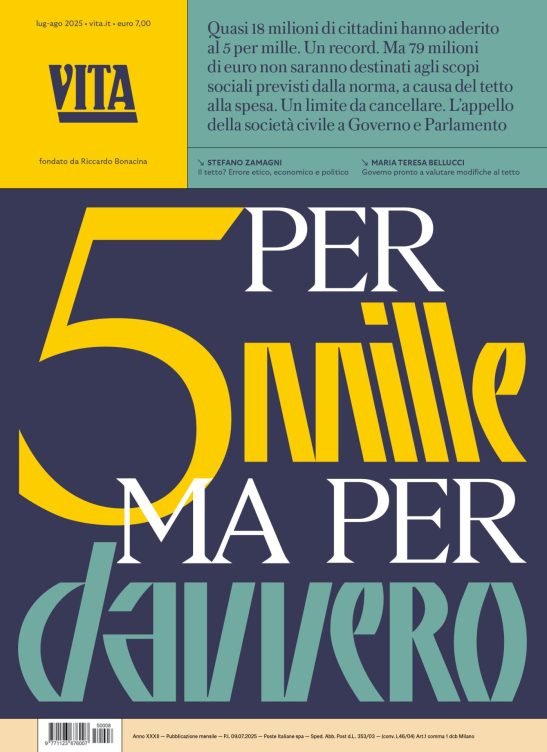Non profit
Poland: the state of giving
The state of philanthropy in the Polish non profit secor
di Staff
The Klon/Jawor Association survey, “Volunteering, Philanthropy and 1% law 2006” refers that about 9.5 million of adult Poles, donated money or made in-kind contribution to civil society organisations. This is a significant fall (by 10 percentage points) compared with 2005 when 41.8% of Poles declared they had provided financial or in-kind support for organizations and social movements. From a long-term perspective, this result should be interpreted as a return to the situation in 2003, when 33.4% of Poles declared they had provided financial or in-kind support for organizations and social movements.
Fiscal advantages:
1% law One percent law is a legal mechanism that allows tax payers to allocate a portion of their tax (1%) to a organisations that have a public benefit status.The Polish taxpayers can use this system since 2004.The number of people that used this mechanism has gradually increased during the years:
– 80,184 people in 2004,
– 676,912 in 2005,
– 1,156,480, representing 4.85% of the total taxpayer in 2006.
Even if the 1% law still have problems to take off , the total amount received by public benefit organisations with the 1% law is gradually increased over the years. In 2004 app. 2.589.195 Euro (10.305.000 zloty ) were collected. For the year 2005 the total income within 1% assignation system was app. 10.311.809 Euro (41.041.000 zloty). In 2006, about 17 million Euros (62 332 000 PLN) have been raised.
One of the reason of these low support was related to the procedure to designate it.A Polish taxpayer have to pay an estimated 1% of their tax liabilities to the chosen public benefit organisation first and then wait for months for the reimbursement.
Cosa fa VITA?
Da 30 anni VITA è la testata di riferimento dell’innovazione sociale, dell’attivismo civico e del Terzo settore. Siamo un’impresa sociale senza scopo di lucro: raccontiamo storie, promuoviamo campagne, interpelliamo le imprese, la politica e le istituzioni per promuovere i valori dell’interesse generale e del bene comune. Se riusciamo a farlo è grazie a chi decide di sostenerci.
